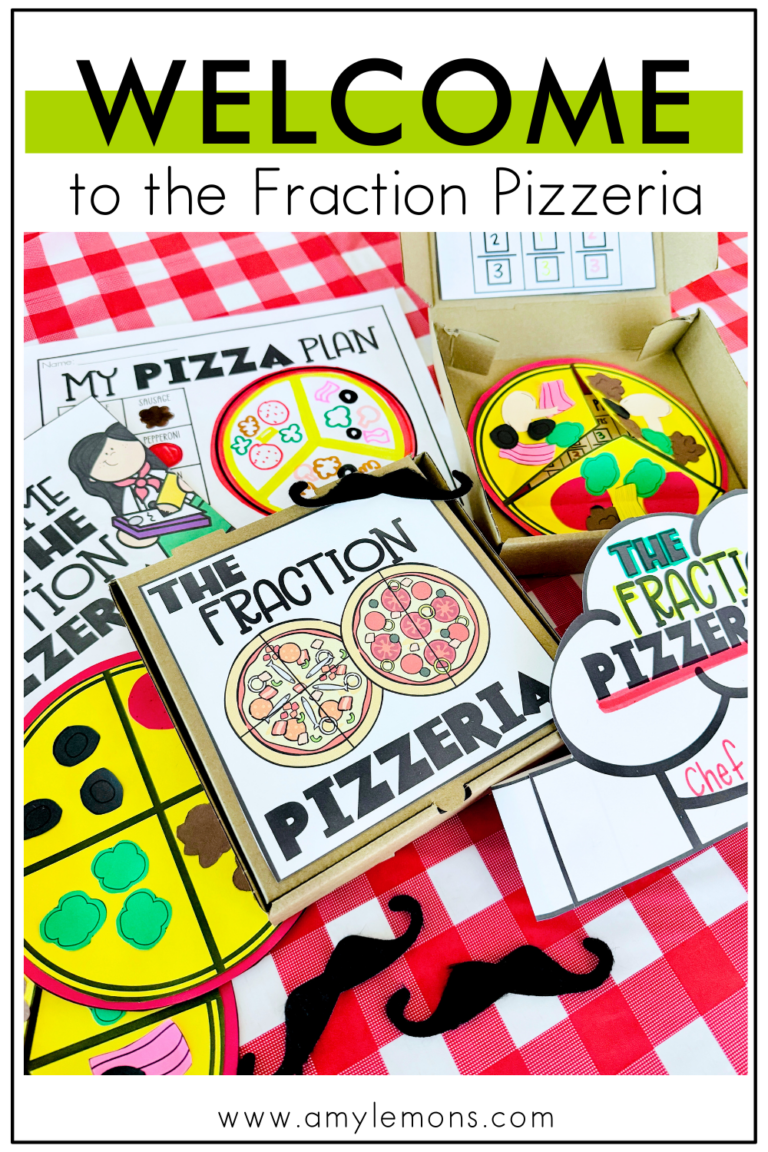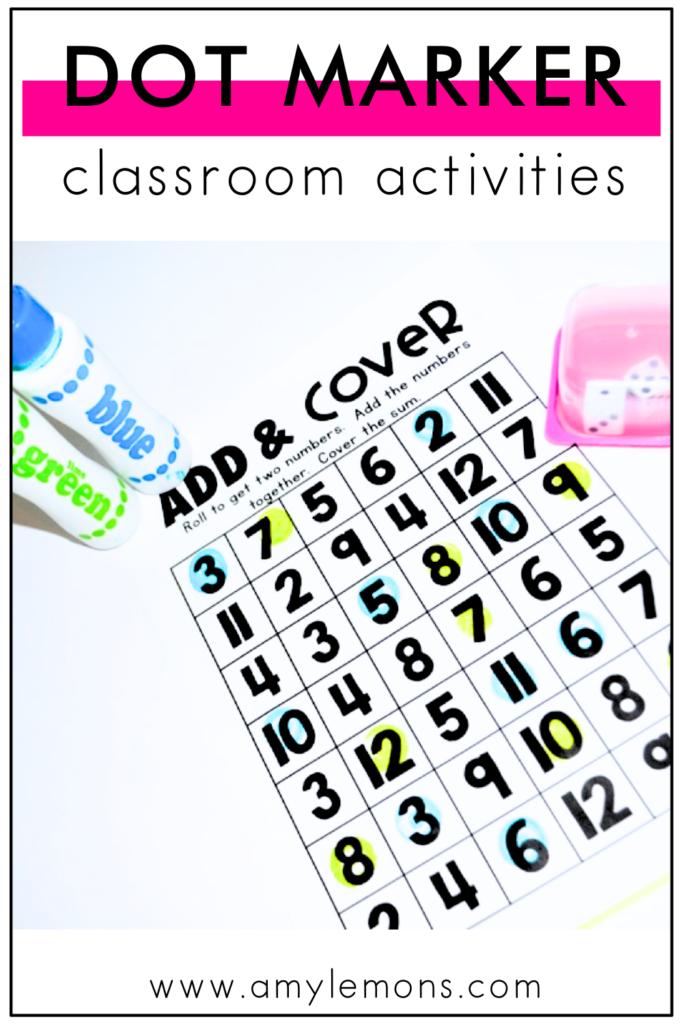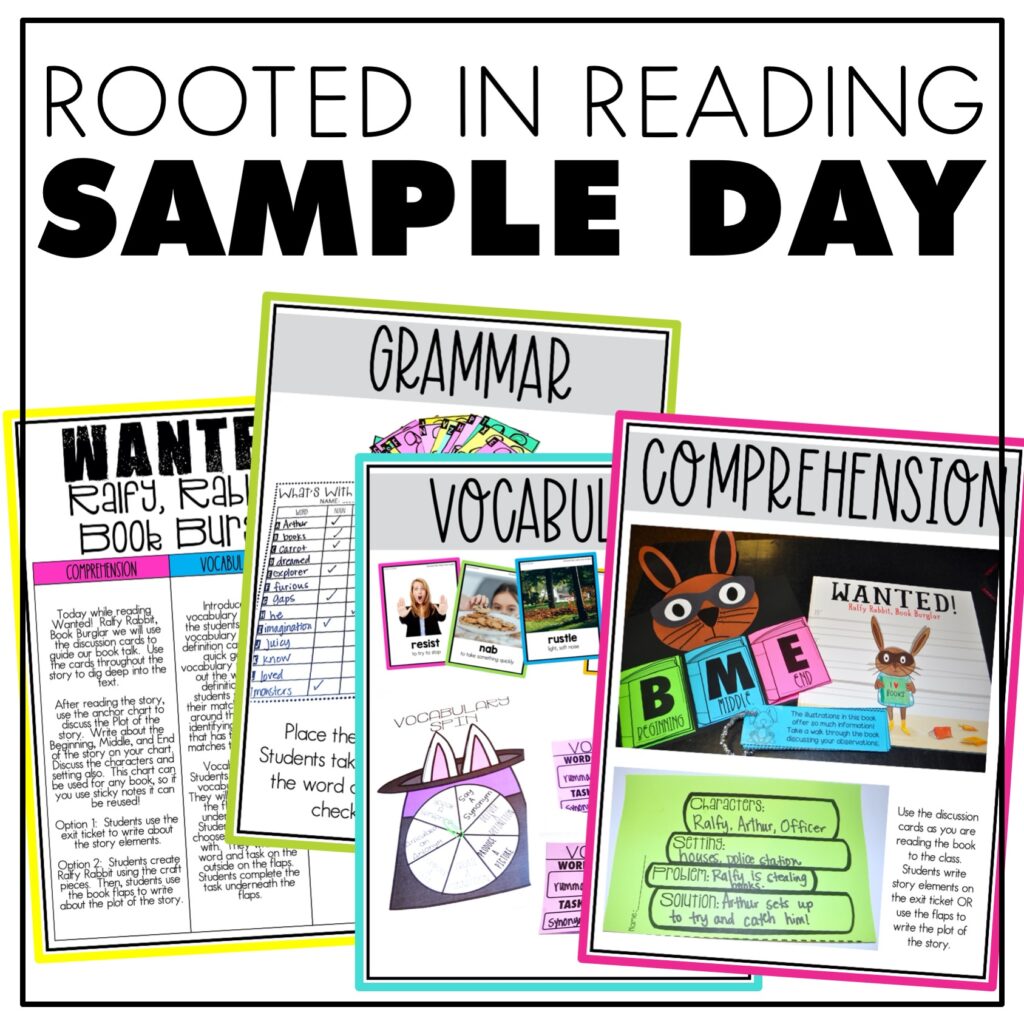

As an elementary teacher, finding engaging and fun ways to teach math skills can be a challenge. One tool that has proven effective and enjoyable for young learners is the humble paint dot marker.
One of the first ways I ever used paint dot markers was when I was teaching multiplication to my 2nd graders. Very few resources were available to make it engaging and fun for my students. I pulled out all the tricks with them… stickers, poms, stamps, and more! However, this simple classroom tool made a big impact on engagement during our math block.
Eventually, I incorporated paint dot marker activities to teach various math skills throughout the year. Here are a few of my favorites!
As mentioned, I first fell in love with using paint dot marker activities when introducing multiplication in my classroom. Why?
Dot markers are perfect for making arrays because you can easily line up the rows and columns! This hands-on approach helps students understand the concept of multiplication as repeated addition.
You can easily integrate this dot market activity for making arrays into interactive notebooks.
Activity Idea:
Students can use dot markers to model the addends in an addition equation. This visual and tactile method helps students grasp the concept of addition more concretely.
I love that it provides a more easily controlled manipulative in the classroom, eliminating the need for a million tiny pieces for students to play around with!
Activity Idea:
Word problems can be tricky for little learners so finding hands-on activities is crucial. Students can use paint dot markers to model and solve their word problems, making the abstract concepts more concrete.
Drawing with paint dot markers is a hands-on activity with the added benefit of being visually appealing. Using varying colors helps students identify key information and assign the variables according to a color pattern.
This visual helps draw out the word problem and break it into manageable parts (dots!)
Activity Idea:
Of course, you can also use paint dot markers for their original purpose: playing BINGO! This fun game can be adapted to reinforce math skills. And there’s an easy way to play BINGO games in the classroom without the stress!
Using paint dot markers makes it much simpler for students and is another great way to avoid small pieces that can get lost or thrown around the classroom.
Activity Idea:
Paint dot markers are great for modeling equal groups, a foundational concept in multiplication and division. This visual method helps students see and understand the concept of equal distribution.
The simplicity of this activity is what makes it so effective. Students are simply counting along as they add dots into their groups to ensure they are the same amount throughout. There are no pieces to worry about being accidentally moved out of place which can confuse students.
Activity Idea:
Using paint dot markers in your math lessons can transform abstract concepts into concrete, understandable, and fun activities. These markers are versatile tools that can be used in various ways to engage your students and enhance their understanding of math.
I’ve been using these same paint dot markers for the past 11 years and I swear by them! You can also check out this affordable set with rave reviews. Either way, you’ll be equipped to start making math fun and interactive for your students!


Hey, y’all! My name is Amy Lemons and I am passionate about providing students with both engaging and effective standards-based Math and ELA lessons.

Sample a day of Rooted in Reading with these lesson plans and activities for Reading Comprehension, Vocabulary, and Grammar!